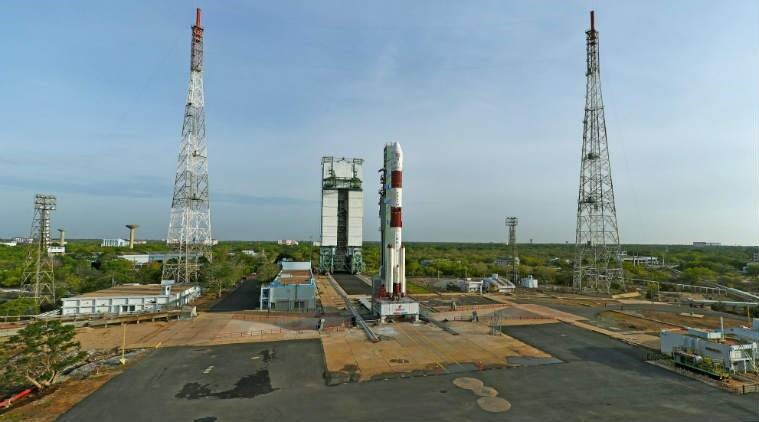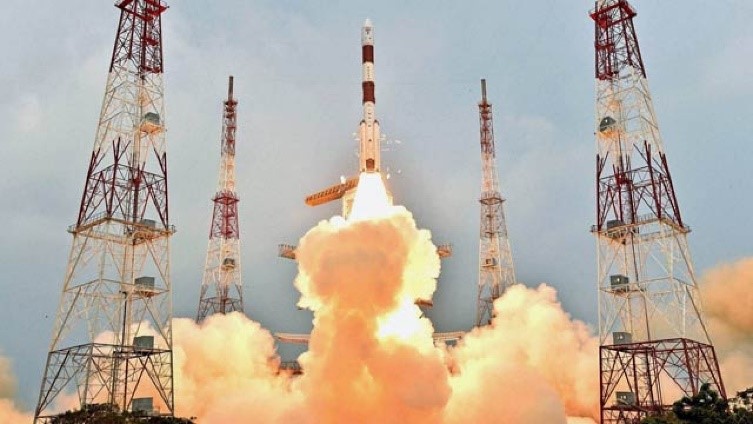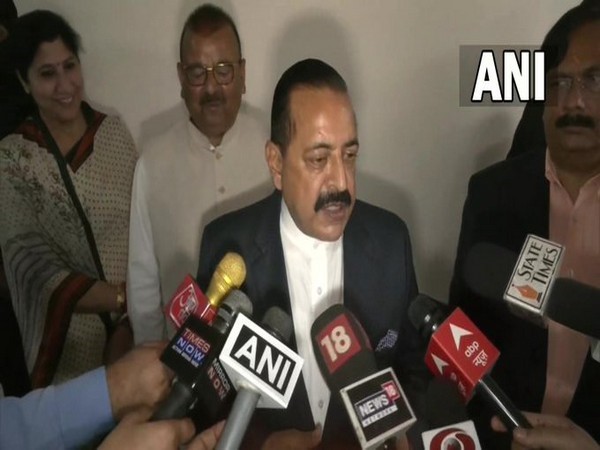Inauguration of Space Science Centre in Jammu: first-ever in North India

The first centre for space sciences was inaugurated at the Central University of Jammu by Union Minister Jitendra Singh. It is named as Satish Dhawan Centre for Space Sciences. He described the inauguration as a ‘historic decision’ for the first-ever space centre in North India. The first intake of sixty students in the first course B. Tech in Aviation and Aeronautics will start this year. The selection criteria will be IIT-JEE which will leave no chance of allegations of discrimination. The Union Minister said, ‘The opening of the space centre and India’s only second-of-its-kind institute in Jammu and Kashmir in the 75th year of independence marks the march of space journey from Kerala to Kashmir under Modi’.

It is seen that there has never been any centre related to space sciences built in North India, as a result, students who wished to study space sciences, had to go to South India. The union minister said, ‘Most of the Space Technology from the last seventy years has been confirmed to South India mostly to the states of Andhra Pradesh, Karnataka, Kerala which was an anomaly in the spread of the space technology in the country. The government is steadfast to take space technology to the remote corners of the country which is evident today with the inauguration of the Satish Dhawan Centre for Space Sciences at the Central University of Jammu’. Now the opening of this centre in Jammu and Kashmir will train students here too.

In October 2018, ISRO had signed an MoU with the Central University of Jammu to build a centre with facilities for geo-spatial data analysis, that will help a sustainable use of natural resources and plan land-use patterns. The new centre will have the facility for ground-based observations for atmospheric studies, a research lab for astrophysics, atmospheric sensing, and a glacier studies lab for better use of large quantities of water stored in the form of seasonal snow, ice, and glaciers in the rivers of north India.
Dr. Singh emphasized the need for space technology, as the future of the world will depend on three things -Space Economy, Space Collaboration, and Space Diplomacy. India is working well with the achievement of revenue worth millions of foreign currencies. To boost space collaboration, a SAARC satellite was developed which fulfils the needs of most of the neighbouring countries like Bangladesh, Bhutan, Sri Lanka, Nepal, etc. The Indian Space program includes research in areas like astronomy, planetary, earth sciences, atmospheric sciences, and theoretical physics. In the process of studying space celestial sources, Astro Sat was launched on September 28, 2015, from Satish Dhawan Space Centre, Srihari Kota. Mars Orbiter Mission is India’s first planetary mission to planet Mars, which can be termed the most challenging technological mission. Chandrayaan-1 was India’s first mission to the Moon, was launched on October 22, 2008, from Srihari Kota. The mission concluded after the centre lost communication with the spacecraft on August 29, 2009. The Chandrayaan-2 mission was successfully launched on 22nd July 2019 from Srihari Kota. Vikram landing was attempted but all the signals got lost, however, the orbiter is healthy and operational.